#artist is bartolomeo veneto
Text

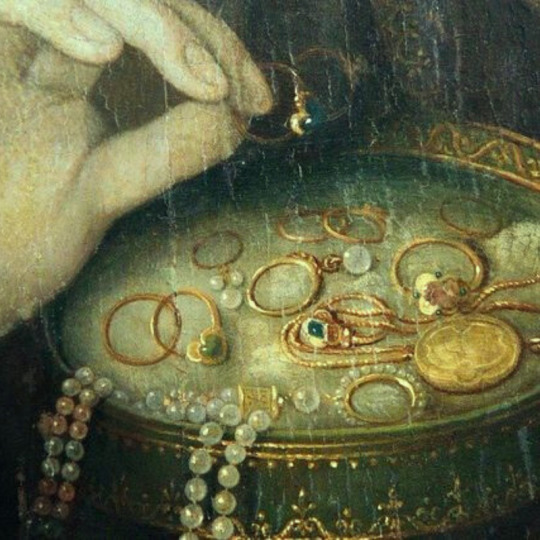


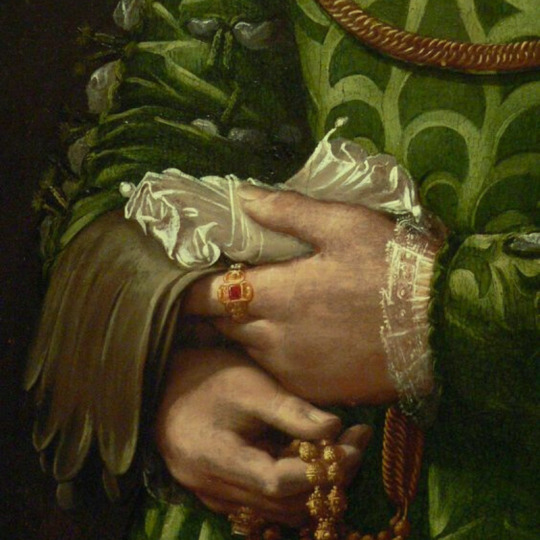
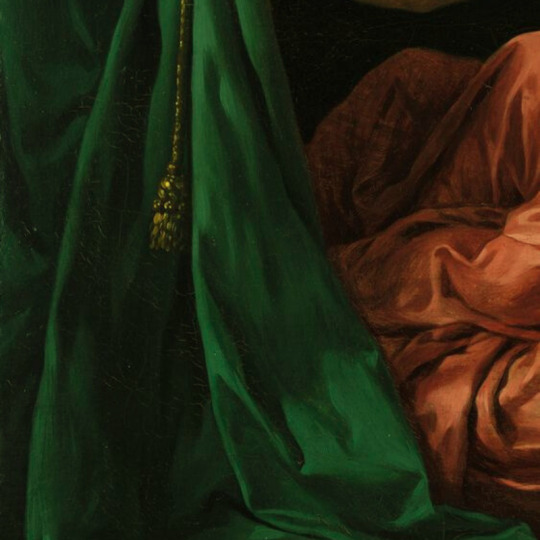


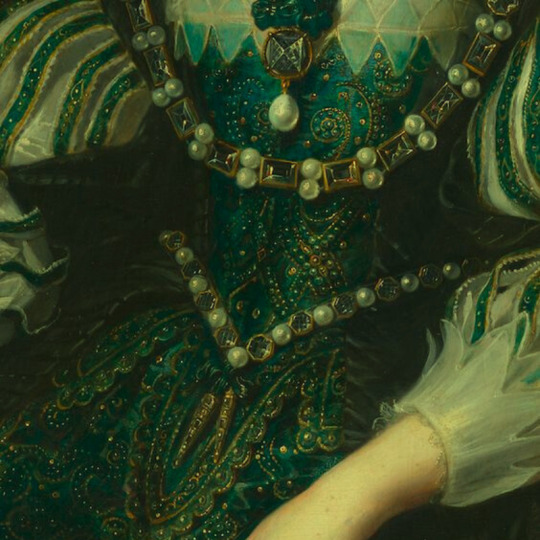



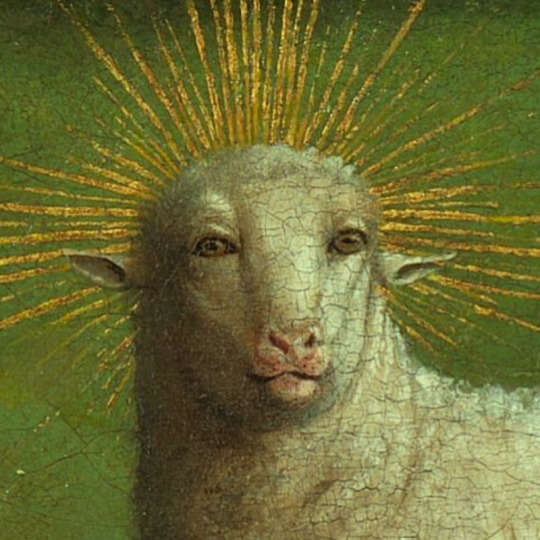

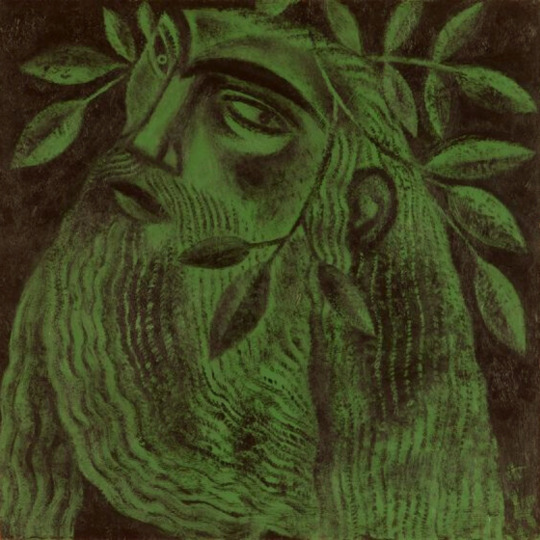

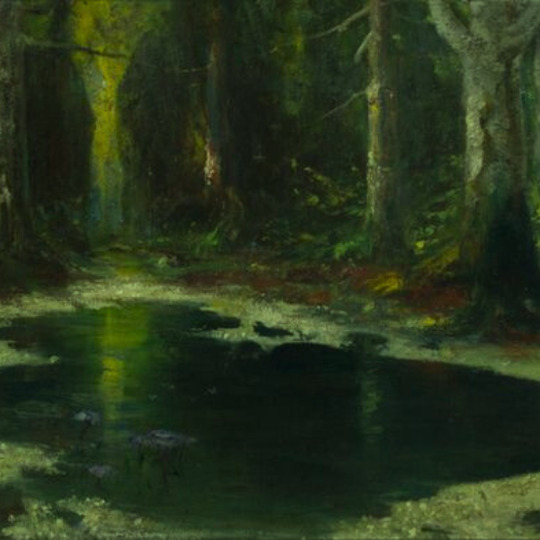
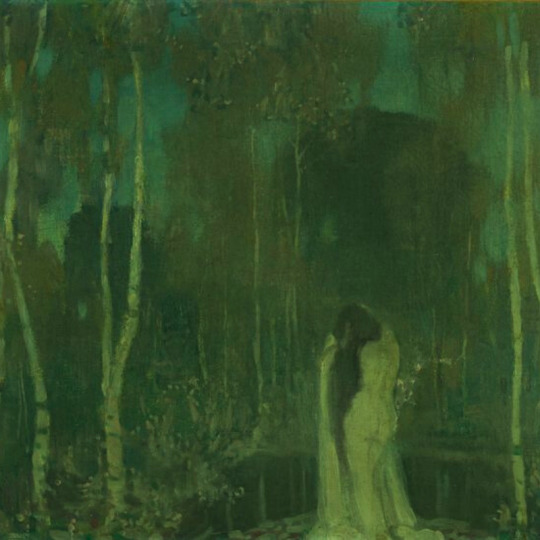
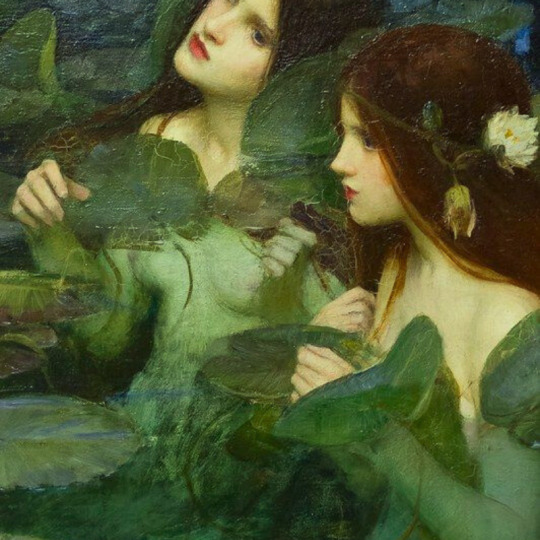

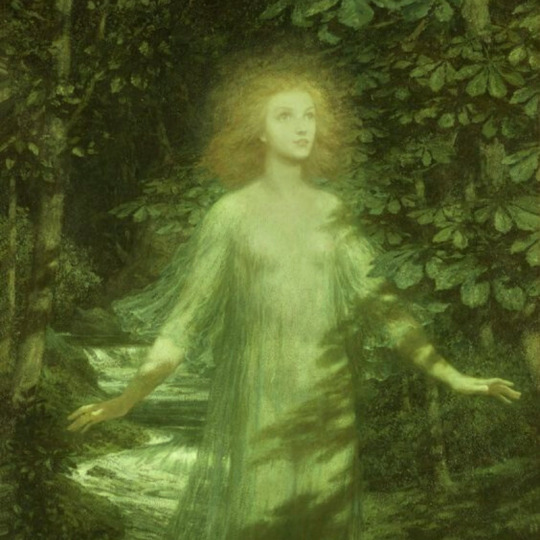
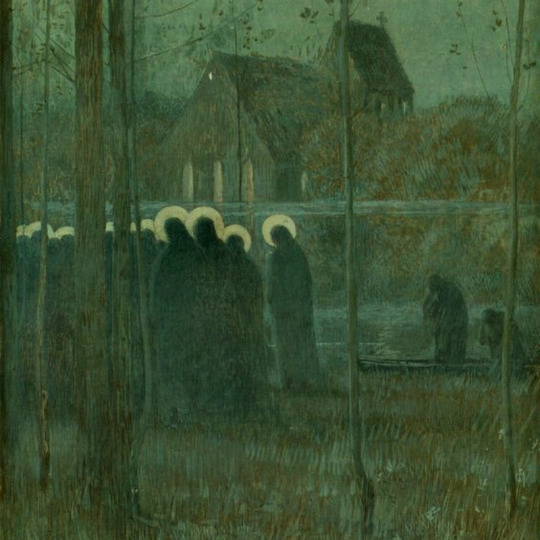

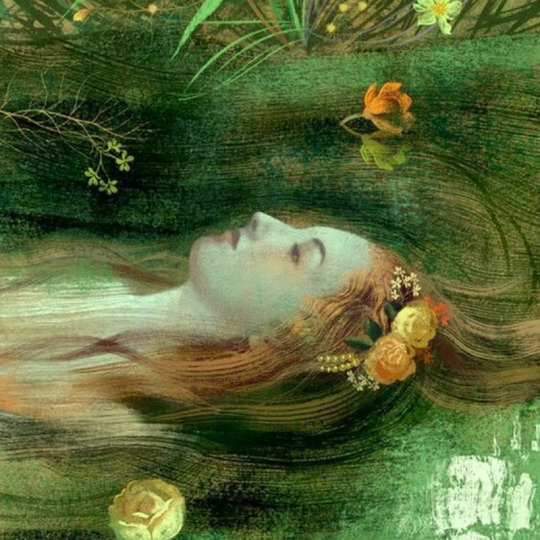

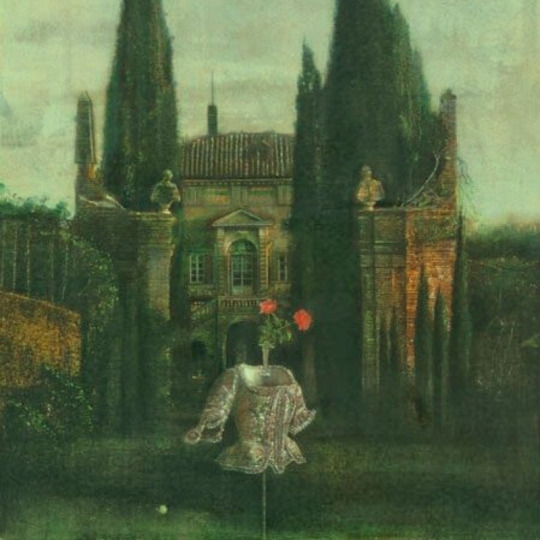
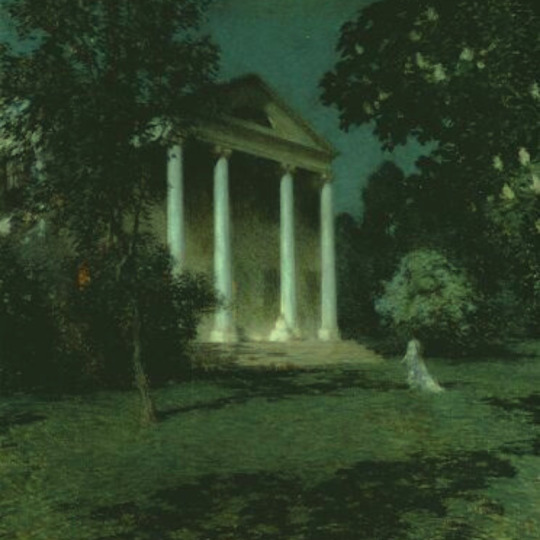
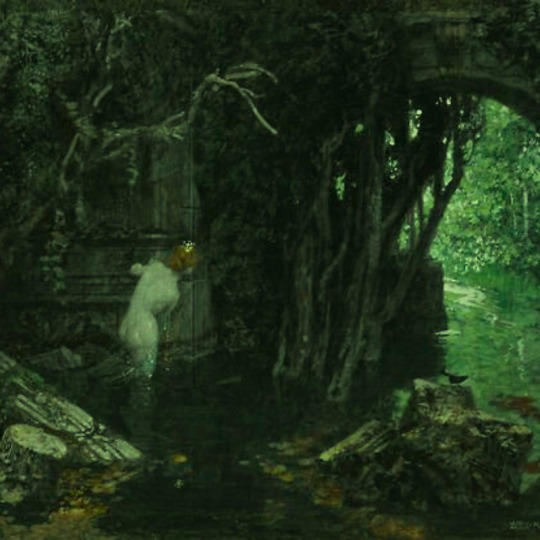

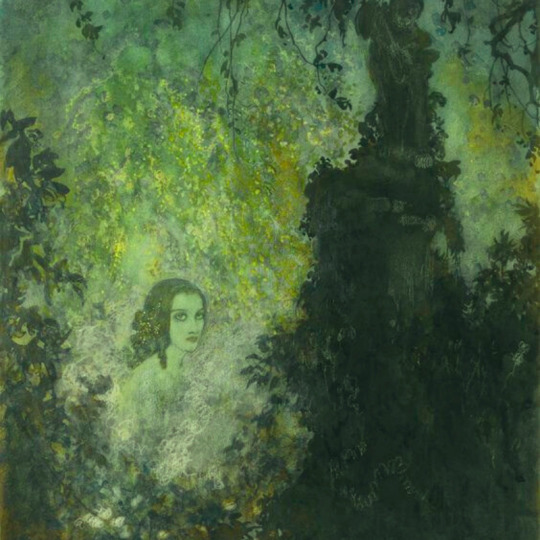
green is the fresh emblem of well founded hope. in blue the spirit can wander, but in green it can rest
#artist is sebastiano de piombo#artist is frederique brunner#artist is quinten metsys#artist is fatima ronquillo#artist is bartolomeo veneto#artist is louis jean francois lagrenee#artist is joseph dorffmeister#cant find the artist#this piece is from the workshop of rubens#artist is sophie anderson#-cant find the artist#artist is hieronymus bosch#aartist is hubery van eyck and jan van eyck#artist is m k ciurlionis amzinybe#artist is clive hicks-jenkins#artist is max bruckner#artist is hermann hendrich#artist is edward steichen#artist is john william waterhouse#artist is antonin hudecek#artist is sir frank dicksee#artist is louis welden hawkins#artist is romaine brooks#artist is anna & elena balbusso#artist is armand point#artist is francesco balsmo#artist is dean cornwell#artist is alexander rothaug#artist is josef manes#artist is edmund dulac
2K notes
·
View notes
Text

#artist is sebastiano de piombo#artist is frederique brunner#artist is quinten metsys#artist is fatima ronquillo#artist is bartolomeo veneto#artist is louis jean francois lagrenee#artist is joseph dorffmeister#cant find the artist#this piece is from the workshop of rubens#artist is sophie anderson#-cant find the artist#artist is hieronymus bosch#aartist is hubery van eyck and jan van eyck#artist is m k ciurlionis amzinybe#artist is clive hicks-jenkins#artist is max bruckner#artist is hermann hendrich#artist is edward steichen#artist is john william waterhouse#artist is antonin hudecek#artist is sir frank dicksee#artist is louis welden hawkins#artist is romaine brooks#artist is anna & elena balbusso#artist is armand point#artist is francesco balsmo#artist is dean cornwell#artist is alexander rothaug#artist is josef manes#artist is edmund dulac
0 notes
Text

Bartolomeo Veneto (Italian, active 1502–31 ) • Portrait of a Lady in a Green Dress • 1530
Bartolomeo Veneto and the Beginnings of Portraiture Portraits
Today we take them for granted, but from the fifth to the fifteenth century - for much of medieval history - discrete portraits of individuals were a rarity, a form reserved for rulers and historic figures. Only in the fifteenth century did European artists, working both north and south of the Alps, once again begin to produce independent portraits of men and women. Bartolomeo Veneto began as a painter of small, devotional paintings, working in the northern Italian regions of the Veneto and Lombardy. He changed his subject matter to suit his patrons and as the interest in portraiture grew in Venice, his portraits became quite popular and fashionable.
– Timkin Museum of Art, San Diego, California
#art#painting#fine art#italian renaissance#oil painting#bartolomeo veneto#italian painter#italian artist#art history#16th century european art#renaissance art#portrait#unidentified portrait#female portrait#pagan sphinx art blog#women in paintings#art blogs on tumblr#art lovers on tumblr#mini art lesson
33 notes
·
View notes
Text
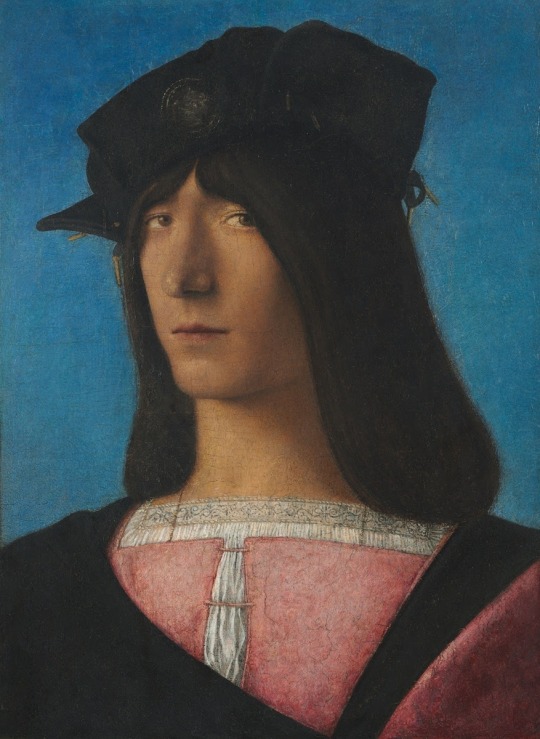
Bartolomeo Veneto - Portrait of a Man (ca. 1510s)
This young man is possibly a member of the Sforza household, the ruling family of Milan during the Renaissance. He wears a plaquette on his hat indicating his nobility and status. This medallion depicts an actual work by Andrea Riccio (1470–1532), an artist whose work is represented in the museum's collection. The medallion illustrates an allegory of fortune and virtue personified by a winged woman and a child. (source)
96 notes
·
View notes
Text

A famous portrait of Cesare Borgia by an unknown artist (likely Bartolomeo Veneto). Cesare was the head host at the Banquet of Chestnuts. Perhaps the event was reported as being notorious and sinful, by one person, to slander the rising power of the Borgias?
42 notes
·
View notes
Text
şskkdsanat
sanat websiteleri
- Prints and Photographs Online Catalog (https://www.loc.gov/pictures/search/?sp=1&co=prok&st=gallery)
- 60's aesthetic pop-culture museum (lileks.com)
- sanat (getty.edu)
- "Animation Obsessive" internet dergisi
minyatürler
- gallica (https://gallica.bnf.fr/ark:/12148/btv1b84559196/f1.planchecontact)(https://gallica.bnf.fr/ark:/12148/btv1b8427201w/f5.planchecontact#)
- (https://digitalcollections.nypl.org/collections/siyar-i-nab#/?tab=about)
- minyatürler (https://twitter.com/emretas1903/status/1256932238219976704?s=61&t=jW0iZotcW-bMoQ4g9_DI3A)
- Chester Beatty, minyatürler (https://viewer.cbl.ie/viewer/search/-/-/1/RANDOM/DC%3Aturkishcollection/)
- Morgan Library Museum (https://www.themorgan.org/collection/treasures-of-islamic-manuscript-painting/52)
- gallica (https://gallica.bnf.fr/ark:/12148/btv1b8427189w/f183.image)
arşivler
- •atasco de tiempo (r/art, r/arthistory, r/whatisthispainting)
- (medieval mondays)marinavia (u/marinavia) - Reddit
- smart art-art history escape
- (https://commons.wikimedia.org/wiki/User:Mattes/Studies/Bildlexikon_der_Kunst:Symbole_und_Allegorien)
- @solisolsoli
- (https://existential-anxiety.tumblr.com)
- u/SAKA_THE_GOAT
- Gata Magazine
- Ars Electronica
ressamlar
- Agnus Lamb (Konstantin Korobov)
- Albert Bettannier
- Albert Joseph Moore
- Albrecht Dürer hayvan ve doğa illüstrasyonları
- Aleksandr Nikolayev
- Alexei Savrasov
- Andrej Dugin, Olga Dugina
- Andrew Wyeth
- Anguissola (yüzler harika)
- Bartolomeo Veneto
- Belkis Ayón (Afro-Cuban artist, 1967-1999)
- Bill Mayer (black sun)
- Carl Spitzweg
- D Grubu (avant-garde türkiye)
- Ebrahel Lurci
- Edward Burne-Jones
- Egon Schiele
- Eyvind Earle (wow!!)
- Felicien Rops
- Fernand Khnopff harika!
- Frederick Varley
- Fyodor Bronnikov
- Gabriel Morcillo Raya
- George Inness (autumn)
- Georges Rochegrosse muazzam!
- gerardo dottori
- Gustav Klimt
- Gustave Doré
- Gustave-Claude-Etienne Courtois (dante virgil)
- H. R. Giger
- Hendrick Avercamp
- Hermann Wislicenus
- Holly Warburton
- Hossein Behzad
- Ivan Aivazovsky
- Ivan Seal
- Ivan Shishkin (en iyi hyperrealist manzara çizeri)
- J.C. Leyendecker
- Jakub Rozalski
- Jan Van Eyck (Ghent Altarpiece, (Closer to Van Eyck http://closertovaneyck.kikirpa.be)
- Jean Giraud
- Jean-Léon Gérôme
- Jean-Paul Laurens
- Jim Buckels
- Johfra Bosschart (The Adoration)
- John Brosio
- John glover
- John Heartfield: alman anti-faşist avant-garde sanatçı
- John Singer Sargent
- John William Godward
- John William Waterhouse
- Julius Kronberg (david and saul, cleopatra)
- Karl Wilhelm Diefenbach
- Konstantin Somov
- Logan Maxwell Hagege
- Luis Ricardo Falero (sabbath)
- Mariusz Lewandowski
- Mark Maggiori
- Markus Matthias Krüger
- Masha Kasha illüstrasyonları
- Odd Nerdrum (cat)
- Odilon Redon (the cyclops)
- Paolo Veronese
- Paul Laurenzi
- Pieter Bruegel the Elder
- Pietro Antonio
- Richard Dadd
- Roberto Ferri
- Serafín Avendaño
- Simeon Solomon
- Simon Stålenhag
- Theodor Kittelsen nokken
- Thomas Eakins
- Titus Kaphar
- Tomas Sanchez
- Utagawa Kuniyoshi olağanüstü bir sanatçı
- Vachagan Narazyan
- Vasily Vereshchagin (dervishes)
- Yuri Norstein animasyonları
- William Blake
- Zayasaikhan Sambuu (artzaya.com)
- Zdzisław Beksiński
- u/iartnewyork
Decadent Movement is the best
Situationist International
Aestheticism
tablolar
- 6 Stage of Dementia series
- 1375 Catalan Atlas HARİKA!!
- A Ride for Liberty (1862)
- Albrecht Dürer, The Men's Bath
- Allegory of Sculpture, 1889
- Allegorical Painting of Two Ladies, English School 17th century
- Altarpiece in Ascoli Piceno, Italy, by Carlo Crivelli (15th century)
- anguish(schenk)
- Anthropomorphic Allegory of Autumn by Lo Spadino
- Arnolfini Portrait
- Ascent of the Blessed
- Assumption of the Virgin (Botticini)
- Bashi-Bazouk (Gerome)
- Between gaps in memory
- Black Thursday (1851, William Strutt)
- Captives in Rome
- Caspar David Friedrich manzaraları
- Cats Fighting in a Larder (Paul de Vos) (Immodest, Henriëtte Ronner-Knip, 1897), (Mother's pride,Henriëtte Ronner-Knip ,1901), (The Piano Lesson ,Henriëtte Ronner-Knip,1897), (The little writer, Charles Van den Eycken , 1913)
- Cimabue's Celebrated Madonna
- Cleopatra Testing Poisons on Condemned Prisoners
- Dance to the Berdache. (celebrating the two-spirit, George Catlin 1796-1872)
- Death and the Grave Digger (La Mort et le Fossoyeur)
- Death of marat
- Decadent young woman
- Dervishes in festive outfits (Vasily Vereshchagin)
- Detroit Industry Murals (diego rivera)
- Diogenes, 1860 (Jean Leon Gerome)
- Doğu Asya Monark Tabloları (List of emperors of the Ming dynasty)
- El Greco, View of Toledo, 1598–99
- Family of Saltimbanques
- Federico Zuccaro vice(envy) painting
- Ferdinand Hodler, The Night, 1889–90
- Flaming June (Frederic Leighton)
- Four Horsemen of the Apocalypse, an 1887 painting by Viktor Vasnetsov
- Giulia Tofana painting
- Guernica
- Hacı Bektaş-ı Veli'nin hayvanlı tablosu
- Harem (Franz Hermann)
- Harold wayne nichols (windows on a death row)
- Isle of the Dead (1880, ARNOLD BÖCKLİN)
- Jalais Hill, Pontoise, 1867
- Jungle with Setting Sun
- Katsushika Ōi, Night Scene in the Yoshiwara, 1850
- Keith Perelli plant veins
- Kuzma Petrov-Vodkin (spring)
- Le déluge de Noe et les compagnons by Léon Comerre
- Les Oréades
- Light from the beginning of time (kenny callicutt)
- Man at the Crossroads
- Man Proposes, God Disposes (1864, Edwin Landseer)
- Melun Diptych!!!!! (jean fouquet)1452!
- Moroccan Girl, Playing a Stringed Instrument (Alexandre-Louis Leloir 1843-1884)
- Mothers (Jakub Rozalski)
- My bisexual wife
- Nero's Torches (1876)
- Nudes with Tortoise (Gyula Tornai)
- Nāve (Death) by Janis Rozentāls. 1897
- Old Man's Treasure (Karl Gussow)
- Orpheus Charming Wild Beasts With His Lyre
- Painting Breathes Life into Sculpture
- Painting of the 205 Nagasaki Martyrs
- Passing By, E. Martin Hemmings, 1924
- Peace and Tranquility on Mars (Jean-Michel Bihorel)
- Pierre Loti, 1910, Kunsthaus Zürich, Switzerland (henri rousseau)
- Plucking the Red and White Roses in the Old Temple Gardens
- Pygmalion and Galatea (gerome)
- Reading from Goethe's Werther, (Wilhelm Amberg Vorlesung aus Goethes Werther 1870)
- Reply of the Zaporozhian Cossacks
- Saint Augustine by Philippe de Champaigne
- Saint George and the Dragon (Antonio Cicognara)
- Slug by nagasawa rosetsu
- Splendor Solis. (cam içinde tavuskuşu)
- Stanislav Plutenko, Station of Forgotten Brides, 1961
- Summer Afternoon on a Lake, c. 1895
- Temptation of Saint Anthony by Robert Auer, 1917. Temptation of Saint Anthony in visual arts
- The Amazon Queen Thalestris (Johann Georg Platzer) (all art about amazons.)
- The Ambassadors (Holbein)
- The Battle of San Romano (Paolo Uccello)
- The Blind Girl (1856)
- The Blind Girl (1856, John Everett Millais)
- The Carpet Merchant (1882 Jean-Léon Gérôme)
- The Conference of the Birds
- The Death of Marat
- The Duel After the Masquerade
- The Flood of Noah and Companions (c. 1911, The Flood, Leon Comerre)
- The Garden of Death (1896)
- The Garden of Earthly Delights
- The general zapped an angel (1970, Karel Thole)
- The Great Bear, 1968 Rinat Voligamsi
- The Harvesters (1565)
- The Hesitant Fiance, Auguste Toulmouche, 1866
- The Hostage (1912), God Speed (Edmund Leighton)
- The Inferno (Giovanni da Modena)
- The Lament for Icarus (1898)
- The Lament for Icarus (Herbert James Draper)
- The Last Judgement (John Martin paintings) Manfred and the Alpine Witch (1837)
- The making of a perfect martini (guy buffet)
- The Mermaids, Drowned Maidens (1871, Rusalka, Ivan Kramskoi)
- The Snake Charmer
- The Swimming Hole
- The Problem We All Live With
- The Turkish Bath (Le Bain turc)
- The Ultimate Painting, by Drop Artists
- The wedding Dance by Bruegel
- The Worship of Trees (peggy collins)
- Turkestan Series
- Two Women by William Andrew Loomis
- Two Women by William Andrew Loomis (kisses)
- Vädersolstavlan, 1535
- çocuk kitaplarına pozitif komik karikatürler çizen dünyaca ünlü Dr. Seuss'un ölene dek herkesten gizlediği karanlık temalara sahip tabloları
heykel
- Apollo and Daphne (Bernini)
- Three graces with dicks
- Diana Efesina heykeli
- Francisco Asorey
- Dvorets Zemledel'tsev
- Ecstasy of Saint Teresa
- The Resurrection (Fazzini)
- Chairs by Tadashi Kawamata
- Germany burned books memorial
- Rear-front Memorial
- Monument à la Défense du Canal de Suez
- Khosrow I kabartması. Anushiruwan the Just statue in Tehran courthouse. Anushirawan the Just (justice statue) by Gholamreza Rahimzadeh Arjang. (1940)
- Wangechi Mutu
- Cementerio municipal de lujan
- Philip Jackson (philipjacksonsculptures.co.uk)
- La Danse (Carpeaux)
- Memorial to a marriage
- Angel of Death sculpture made of knives
- Hammer Statue in Oslo
- In the Chain of Consumption (2012, N.S. Harsha)
- Compianto sul Cristo morto (Niccolò dell'Arca)-particolare
- Testone heykelleri (Andrea Salvatori)
- Altar of the twelve gods
- Memorial to Those who Saved the World
- David (Michelangelo)
- Erotic Kama statues of Khajuraho
- Art Deco style statues
- Adoration of the Magi (Gentile da Fabriano)
- Gallos (sculpture)
mimari
- Church of St. Anthony of Padua, Istanbul
- Tomb of Mariam-uz-Zamani
- Cosmic Communist Constructions
- Dark Deco, Art Deco
- Etienne Louis Boullee
- Las Pozas
- Murcia Cathedral
- Reims Cathedral, Sainte-Chapelle, Gothic Architecture
- Soviet bus stops (book)
- Siena Cathedral
- Monument to the Battle of the Nations (türkiyeye böyle bir şey yapmak istiyorum)
- Art Deco Koruna Palace (prague) muhteşem
- Mazar-e-Quaid
- Pierre Cardin's Bubble Palace Near Cannes, Built 1975-89
diğer
- Cemetery flowers after the ice storm (peter fricke)
- Crystallized books by alexis arnold
- Tyler Thrasher Crystallized Cicadas
- Felix Semper
- Joos habraken (schroothoop bug art)
- Olivia Ackerman (olivias.atelier)
- Cutlery designed by Salvador Dali
- A Carved ivory barge (from Murshidabad, India)
- TwoFeltedFox felted animal replicas
- graphic design Renaissance in the beer industry (https://www.reddit.com/r/graphic_design/comments/b307zb/just_want_to_say_im_loving_the_graphic_design/) arizona cans
- Georges Rousse paintings
fotoğraf
- Tilt–shift photography
- Francesco Zizola
- Greg Girard (walled city)
- Wendy Carlos eclipse photos
- Station Squabble
- Les Femmes Du Maroc
- Yuni Yoshida
- Dorothea Lange
- Lapland Finland (Cuma Çevik)
- A.L. Schafer (Thou Shalt Not)
- Photographed irises
modern
- Dani Diez art
- notmusa art
- alba ballesta gonzález
- DEPPA🦷
- @ballstar1OO
- jon juarez
- @xe0_xeo
- Yun Ling
- @k0rvas
- The Beast of a Thousand Tales(@venommoe)
- Lizbeth tumblr art
- clarice tudor!!
- Wuheqilin. propaganda ama olağanüstü bir yetenek
- @k0rvas manzara tarzı
- "Another Life" by eunnieboo
- socially awkward maceracı
illustrasyonlar
- (simonleclerc.net)
- vampberry xx
- alphonse mucha
- LiquidSoulDesign GoT posters
- ah_to_hk
- Alberto Mielgo (albertomielgo.com)
- Miguel Covarrubias!
- banksy mother and anarchist son
- Dean Cornwell
- Livio Gonçalves
- Nekojisa
- Jon Juarez
- КРАСНЫЙ КОНЬ
- Murdering Airplane (max ernst)
- Matilda of Flanders (Herbest Norris)
- Satyricon tailhade rochegrosse
- fransisco goya'nın eşek otoportresi. "atam da böyleydi" goya kendi soyuna kafayı takmış ve soylu olduğuna inanmak istemiş. sonra olmadığını anlamış ve bu muazzam eseri çizmiş. goya olağanüstü ilginç bir karakter.
- Charles Donelan
- Rider–Waite Tarot
- sol' [Golden Kamuy] Asirpa
- Illustration from 1913 showing Pythagoras teaching a class of women
- u/Rojom
- Sascha Schneider
- Jean Giraud
- The Pleasantries of the Incredible Mulla Nasrudin
- @SWatercolour
- Drug John Miller
- The Third Reich (1934, Heinrich Vogeler)
- Reda Abdel Rahman
- sol' [Golden Kamuy] Asirpa
- giant birds demolishing armies
- Blame it on the Smoochbelly(trans dinosaur comic)
- art of steven universe (https://characterdesignreferences.com/art-of-animation-1/art-of-steven-universe)
- Rose O'Neill, "Signs", a cartoon for Puck, 1904.
- Crusades by Gustave Doré (also divine comedy)
- Muqam 1984 by Ghazi Ehmet
- Charles Rickets
- Leon Bakst /igor stravinsky(costume sketch)
- Étienne-Louis Boullée
- freedom shall prevail poster
- All the militias merged in the People's Army' — Republican poster from the Spanish Civil War, 1937.
- Anar-D
- Underground album cover (Thelonious Monk)
- A collection posters i've made throughout quarantine (https://www.reddit.com/r/graphic_design/comments/jkxv9s/a_collection_posters_ive_made_throughout/ (r/graphic_design, u/crazythewizard)
Illustrated Manuscripts
- The Court of Keyumars, Miniature by Sultan Muhammad from the Shahnameh of Shah Tahmasp)
- Jahangir Receives Prince Khurram at Ajmer on His Return from the Mewar Campaign
- Dervish with a lion and a tiger. Mughal painting.
- Samurai's Cat (Noguchi Tetsuya)
- Jesuits at Akbar's court
- The Dream of the Fisherman's Wife
- Weird Medieval Guys@WeirdMedieval
- Kunstformen der Nature (Ernst Haeckel biological illustrations)
- One Hundred Aspects of the Moon
- Portrait of Oh jaesun (by Yi Myeonggi)
- moon the nun (Martin Van Maele)
- Uemura Shoen
- Abdulcelil Levni
- AN OTTOMAN EROTIC MANUSCRIPT FROM THE 1790s
- Reza Abbasi, Mohd Qasim
- Zenana
- Bichitr
- Abu al-Hasan (1589 – c. 1630)
- takato yamamoto (modern)
- Khăzir mīndă ăzad!
- Manichaean Diagram of the Universe
- ritual of whirling dervishes at konya (https://www.meisterdrucke.uk/fine-art-prints/Ottoman-School/433357/Ritual-of-the-whirling-dervishes-at-Konya-.html)
- Tosa Mitsuoki
- Murasaki Shikibu composing Genji Monogatari
- Medieval Books of Hours (https://www.reddit.com/r/redscarepod/comments/17gyjfg/pages_from_medieval_books_of_hours/)
- animals (https://www.reddit.com/r/redscarepod/comments/15ud5wl/_/)
- Abanindranath Tagore
- An erotic Qajar lacquer Mirror-Case Persia, 19th Century (muhteşem gözüken minyatürler)
- Konrad Kyeser Bellifortis, black sheba
1 note
·
View note
Photo
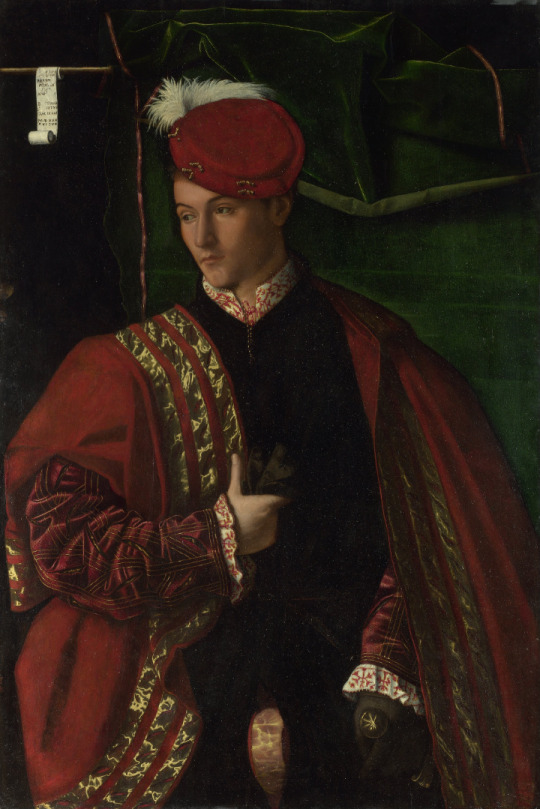
Bartolomeo Veneto (active 1502-1531) "Lodovico Martinengo" (1530) Oil on panel Renaissance Located in the National Gallery, London, England
#paintings#art#artwork#genre painting#male portrait#bartolomeo veneto#oil on wood panel#fine art#renaissance#national gallery#museum#london england#italian artist#portrait of a man#red coat#jacket#clothes#clothing#handsome#hat#green background#3/4 profile#three quarter#aesthetic#aesthetics#1530s#early 1500s#early 16th century
244 notes
·
View notes
Photo
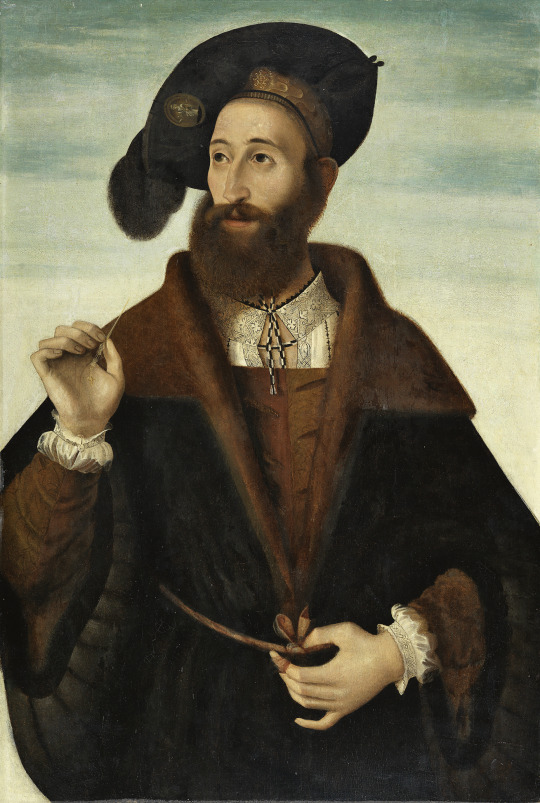
Bartolomeo Veneto (b.1502 - d.1555), ‘Portrait of a Man’, oil on panel, c.1525-1530, Italian, currently in the collection of the Museo Nacional Thyssen Bornemisza, Madrid, Spain.
#unknown sitter#known artist#oil on panel#italian#bartolomeo veneto#1520s#1530s#museo nacional thyssen bornemisza
28 notes
·
View notes
Link

Hi everyone
Ludovico Martinengo came from a noble family of Brescia, Italia.
This portrait was made in 1530 by the Italian artist Bartolomeo Veneto. It is kept at the National Gallery, London.
Lodovico Martinengo (740§/Env.5) - Painting - 8 swatches
Happy Simming
Jim
Polygon Counts:
38 faces
Additional Credits:
S3OC, S3PE, TSRW, S4S.
Faithful reproductions of two-dimensional public domain works of art are public domain.
30 notes
·
View notes
Photo
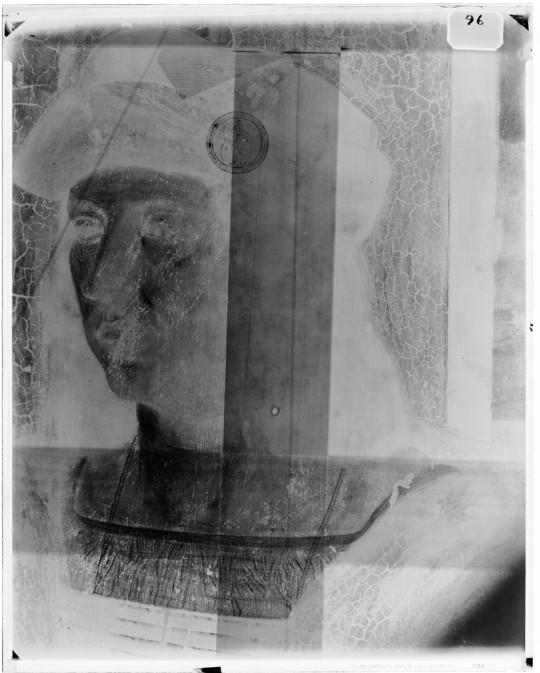
X-radiograph(s) of "Maximilian Sforza (?)", Harvard Art Museums: Photographs
X-Radiograph Description: X-Radiograph; Detail : head Burroughs Number: 96 X-Radiograph(s) of: Artist: Veneto, Bartolomeo, Italian, Active 1502-Died 1531 Title: Maximilian Sforza (?) Date: ca. 1520 Description: Oil on panel transferred to ca... Harvard Art Museums/Straus Center for Conservation and Technical Studies, Alan Burroughs Collection of X-Radiographs
Size: film size: 35.6 x 43.2 cm (14 x 17 in.)
https://www.harvardartmuseums.org/collections/object/343767
0 notes
Photo
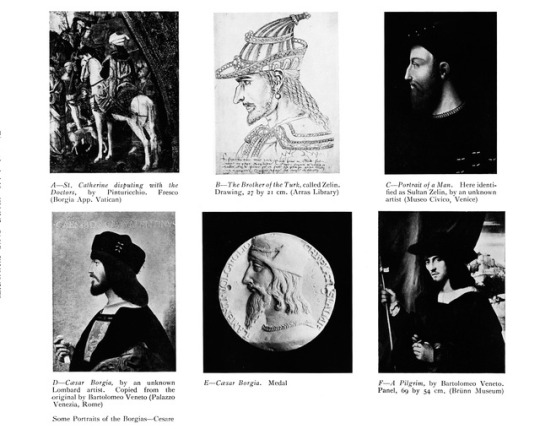
Warning: the article is overly influenced by the black legend. Anyway, it’s interesting and worth a look, especially for the inscription round the medal made after Valentino’s downfall.
Caesar Borgia was the most feared man of his time. Murder was his pastime and also his business. He decreed the assassination of his own brother, the Duke of Gandia, and even threatened his own father with death. Alexander VI trembled before him, and yet loved him. Cruelty seemed quite natural in those days. The condottieri did not value their own lives; still less the lives of others. And yet Cesare was a coward. He did not assassinate his victims himself, but preferred to pay others to do so. Many of those rough Italian warriors had good human qualities: capacity for love and friendship, taste for poetry, architecture and gardens. Cesare loved nothing but gold and rich clothing. By a curious irony of fate, this barbarous personage had for a whole year in his service an engineer named Leonardo da Vinci, a man indifferent to everything but the highest flights of thought and art. During this year he wrote to a friend: “Do not pity me; I am not poor; poor only is he who desires many things.” Cesare, on the contrary, was ever eager to accumulate more and more land, more and more gold. This avaricious noble was a past master of the art of advertising. His purpose was to become known and feared throughout Europe. And in fact, he attained a wide-spread notoriety; he was as popular as Charlie Chaplin in our days and he was at the same time despised like Herod. His fame spread as rapidly as that of a popular actor and died down just as quickly. Born on the steps of a papal throne, he enjoyed papal wealth and power, but was not able to maintain his position after the death of his father, Pope Alexander VI. He was imprisoned in Rome, sent to Spain and remained there two years in captivity. He then escaped, but was killed in a night action in 1507 near Vienna. A few years afterwards, by order of the Bishop of Pampeluna, who thought that such an evil man should not even receive burial, his bones were thrown out of his tomb. The body of the man, who filled so many coffins, lay unburied. The story of his life lived on in the minds of the people, vague and fantastic as a popular legend. What was he like, this extraordinary man? The cavalier in the background of Pinturicchio’s fresco in the Borgia apartments is not Cesare Borgia, as is generally supposed, but the truth is that the son of Alexander VI was subsequently confused with one of his most famous victims. About 1482, Djem, younger brother of the Emperor Bajareth, fled to Rhodes, came afterwards to France, and was sent to Rome in 1489. He was received there with honours. Whenever he appeared in the train of the Pope, his remarkable face, his perfect horsemanship, and the magnificence of his oriental garments were much admired. Pinturicchio gave to this picturesque Oriental gentleman a prominent place in his picture St. Catherine disputing with the Doctors. There is no doubt that the warrior on a white horse is Prince Djem [PLATE A], as stated in a sketch book of the sixteenth century, entitled the “Recueil d'Arras,”’ in which appears the same eagle-faced [PLATE B]. Djem introduced the fashion of eastern coats into Rome. Cesare was envious of his success and imitated his style of dress. The citizens of Rome were scandalized when the son of the Pope appeared in solemn processions arrayed in oriental garments and wearing a large white turban like a Turk. In the eyes of Bajareth, this brother, living so far away in the midst of Christians, was an ever- present danger. In 1496, the Sultan offered three hundred thousand pieces of gold to Alexander VI, asking him by letter to send his brother “ to a better land.” Soon afterwards, the army of Charles VIII conquered Rome. The King of France, Prince Djem and Cesare all rode together to Naples. On the way, Cesare escaped. A few days later, the Oriental nobleman died a mysterious death, and it subsequently transpired that Cesare was richer by a hundred thousand pieces of gold–the amount promised by Bajareth to the murderer of his brother. It comes as a surprise after this story to find in the Museo Civico in Venice the portrait of the victim over the name of his murderer. It is the same face as that of the “Recueil d'Arras,” only the hair is dressed in Italian fashion, a fine net keeping it together, as in many portraits of that time [PLATE C]. As a matter of fact, there was a certain resemblance between the two men, Djem and Cesare. The difference consisted in the finer profile and aquiline nose of the Turk, while Cesare had quite a straight nose and the contours of his face were rather heavy and effeminate. The inscription round a medal made after his downfall, runs as follows: Volgi. Gliochi. Piatosl. Amiie Lamenti. And on the reverse side, round the figure of Fortune with a sail riding on a dolphin, we read: Poche. Fortuna. Vole. Che. Cosi Tstenti (Turn thy compassionate eyes to my lamenting, since it is Fortune’s will to be so niggardly) [PLATE E]. Here we see him as he really was, and this medal affords further proof that the original of the portrait by Bartolomeo Veneto was indeed the son of Alexander VI. We find a copy made after the lost original of this painting in the Palazzo Venezia in Rome. It shows the Duke in profile, holding a roll of documents in his right hand [PLATE D]. The inscription is as follows: Caes. Borgia Valentinus. Bartolomeo Veneto was a portrait painter only in the latter part of his life. He painted some simple portraits in his youth when he worked in the studio of Giovanni Bellini. Such an early work may be seen in a Munich private gallery. But, as mentioned above, his fame as a portrait painter came later. He became one of the most remarkable portraitists of Italy, with a wonderful capacity for catching a likeness. He was most careful in reproducing every detail of costume, and yet there was nothing finicky about his pictures. His models also are fascinating: thoughtful young gentlemen clad in rich garments. In Brummel’s epoch, a dandy had to appear indifferent and insolent; in the Renaissance, a dreamer. These magnificent young people, who had their portraits painted by Veneto, were students of the Padua University. We are able to establish this fact by means of a recently acquired picture by Bartolomeo Veneto in the Museum of Fine Arts in Budapest, representing Hieronymus Dondi, a young patrician of Padua. The sojourn of Bartolomeo in Padua had the greatest influence upon his development. Padua was at this time the Oxford of Christendom. The education of a nobleman was not complete if he had not studied for some years at this university. The most eminent young humanists of every country met there. For some time, Bartolomeo Veneto made his home in Padua, probably after 1517, because from 1509 to 1517, the university was closed on account of the war between the Emperor Maximilian and the Venetians. There Bartolomeo made the acquaintance of several young noblemen, painted their portraits, and remained their friend. He was a welcome guest in the chateaux of Northern Italy. He painted some of his friends in their first youth, and then again in later years. It may be that one of his hosts asked him to paint some portraits of the Borgias for his picture gallery. But it is also possible that some member of the Court of Ferrara entrusted him with this work. Unfortunately, the original of Bartolomeo’s Cesare Borgia is lost. A genuine painting by the artist of the same period, and signed by him, is the Pilgrim in the Briinn Museum [PLATE F]. This makes us regret all the more that we no longer possess the original of his Cesare Borgia, which must have been a great work. But how was it possible that Bartolomeo Veneto had the cruel condottiere as a model? The painter came to Ferrara in 1505. The year before, Cesare left Italy for ever. So Bartolomeo could never have seen Cesare Borgia. Nevertheless, he stayed for a long time at the court of his sister. The only deep feeling of which that ambitious and superficial creature was capable was affection for her brother. When Lucrezia received the news that Cesare had been killed, she retired for a long time to a convent, profoundly affected. In her palace, Bartolomeo must certainly have seen portraits and medals of the Duke of Valentinois, and heard a great deal about him, so, with the sensitiveness of a real artist, was able to produce a true portrait of a man he never saw. Bartolomeo painted Lucrezia long after he had left her house, and he became the painter of Cesare whom he never met.
Source: The Burlington Magazine for Connoisseurs, Vol. 61, No. 353 (Aug., 1932), pp. 70+74-75
2 notes
·
View notes
Text
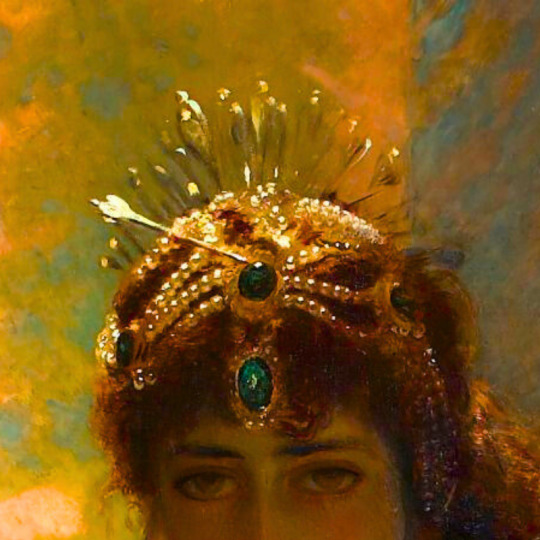
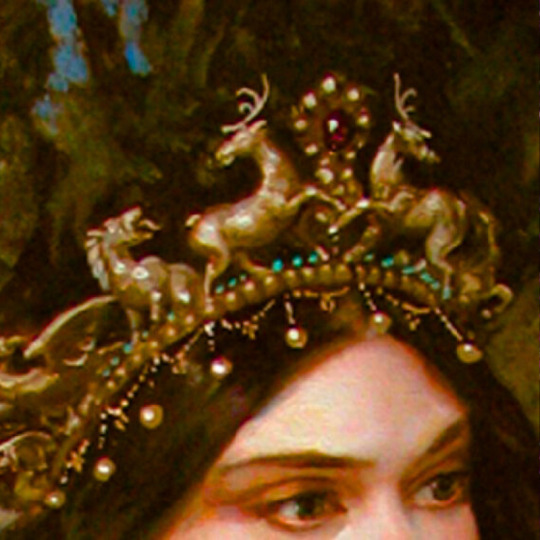
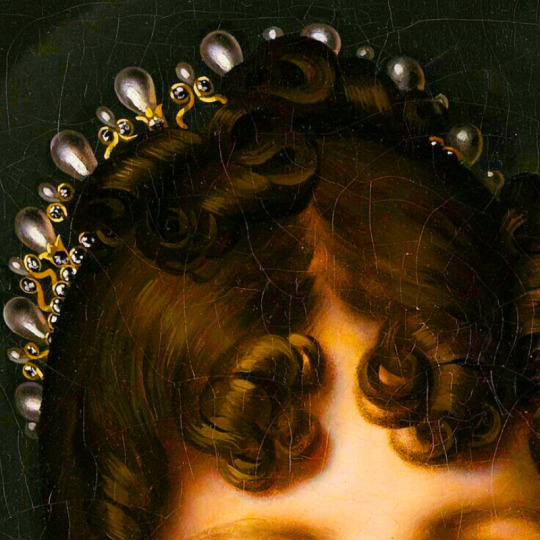
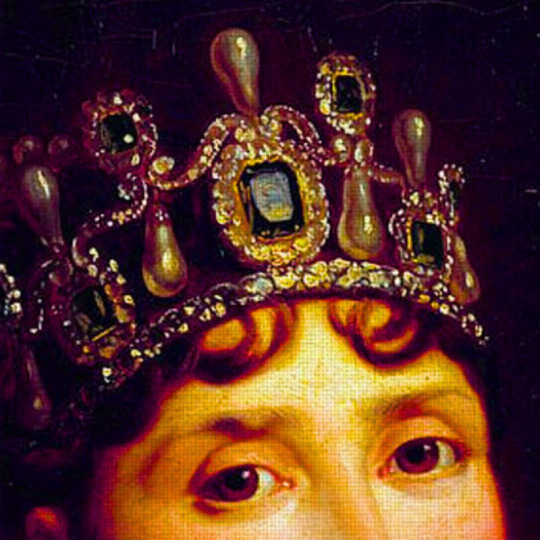
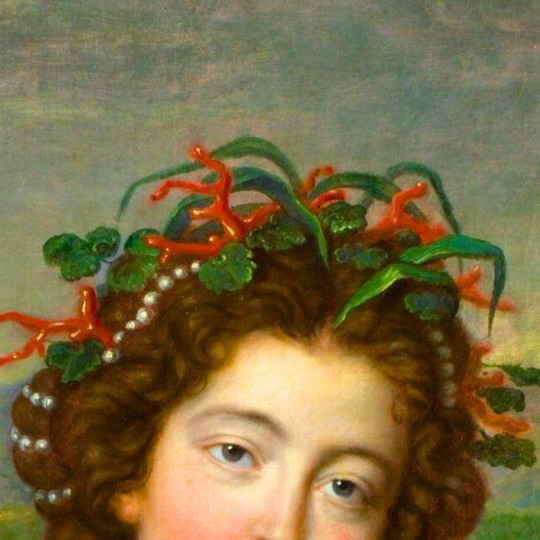
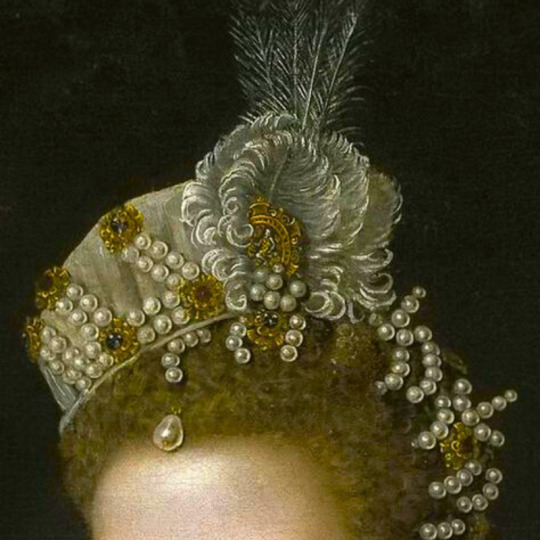
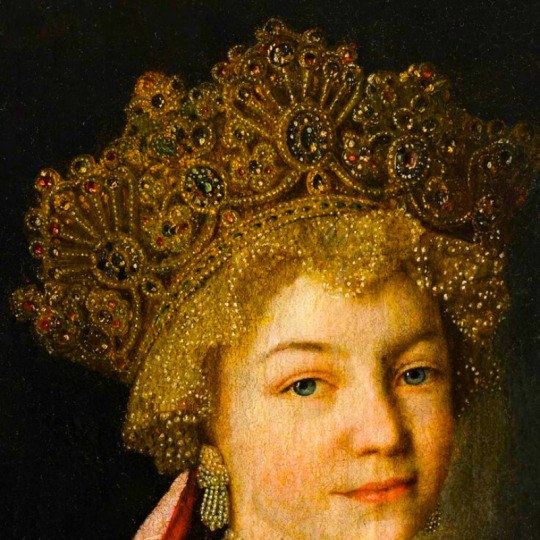
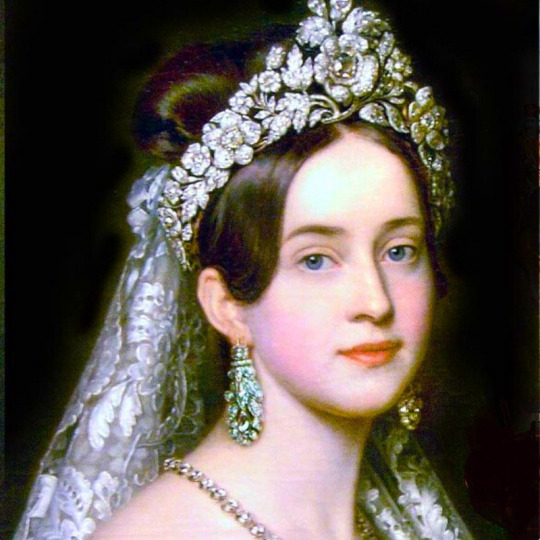
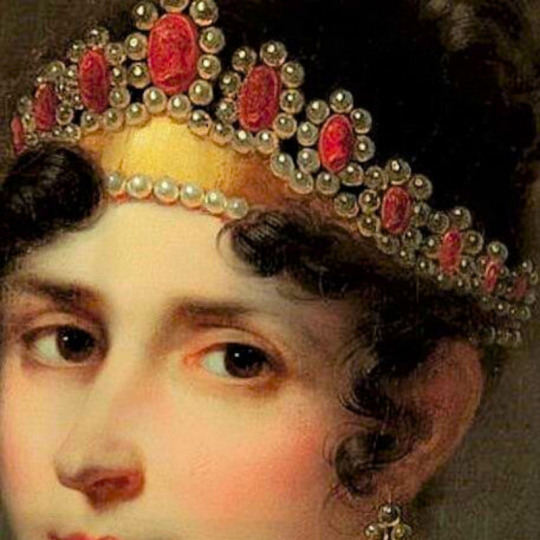
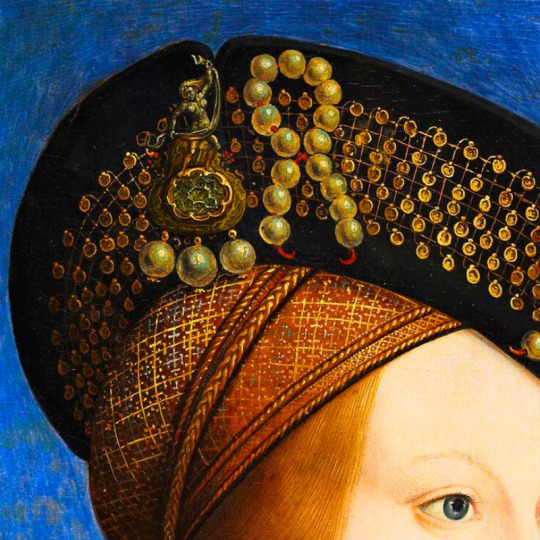
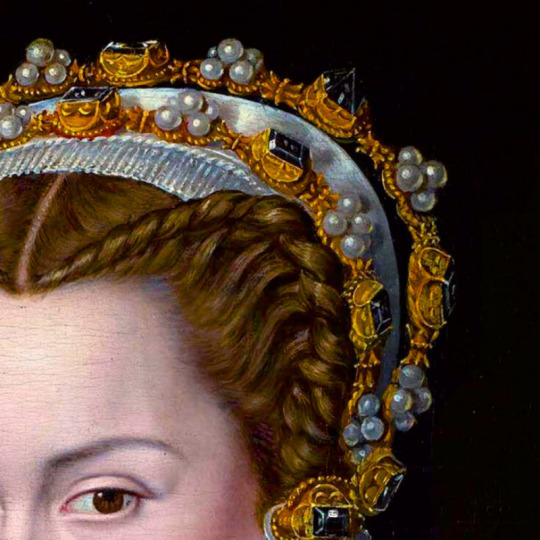

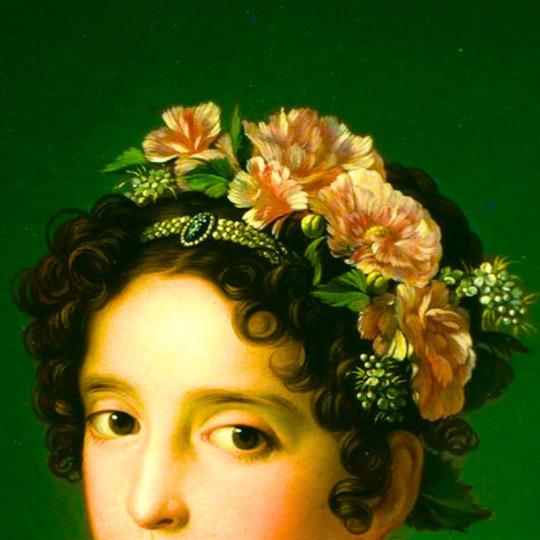
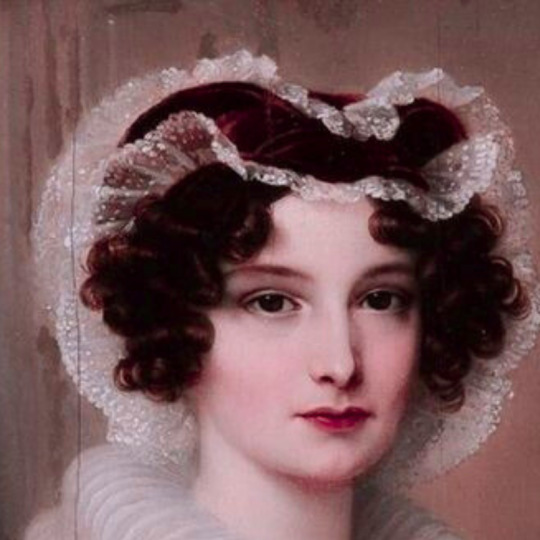
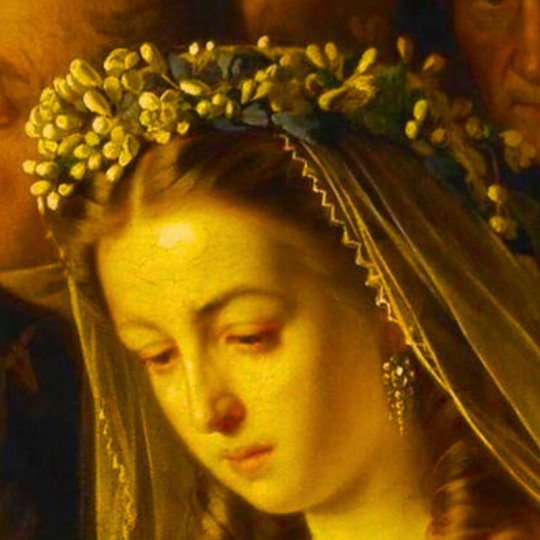
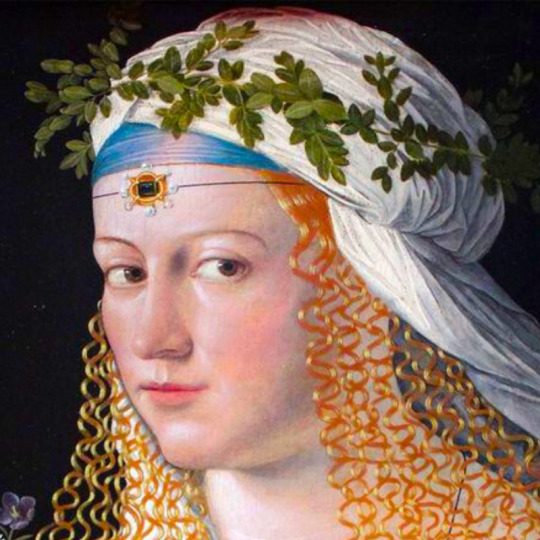
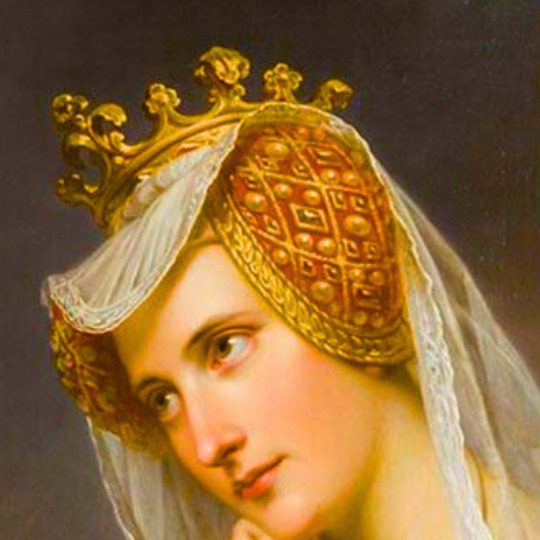
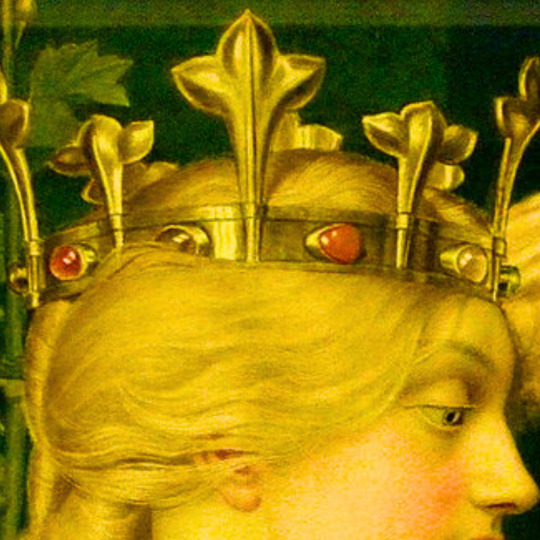
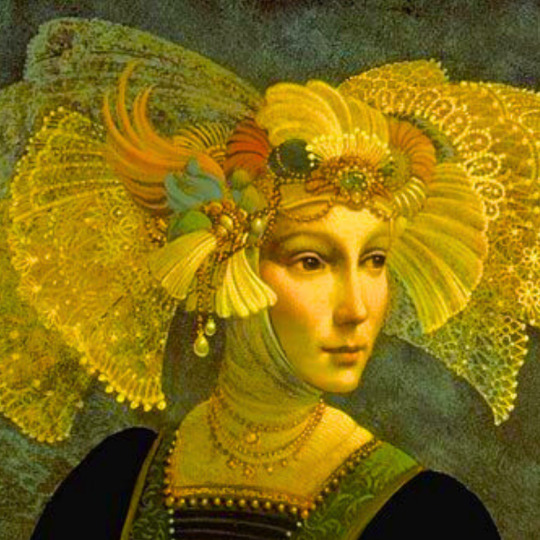

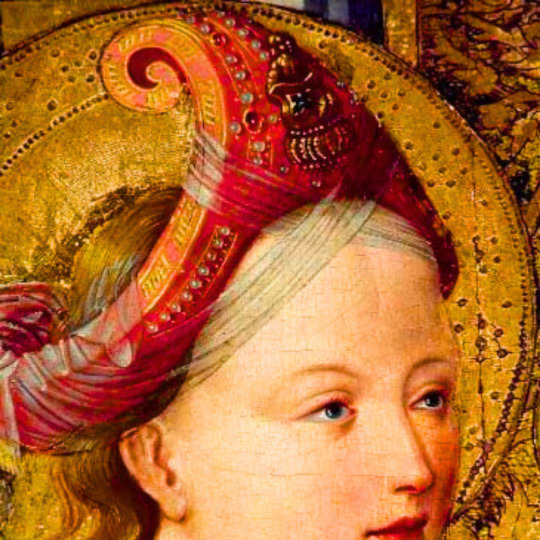
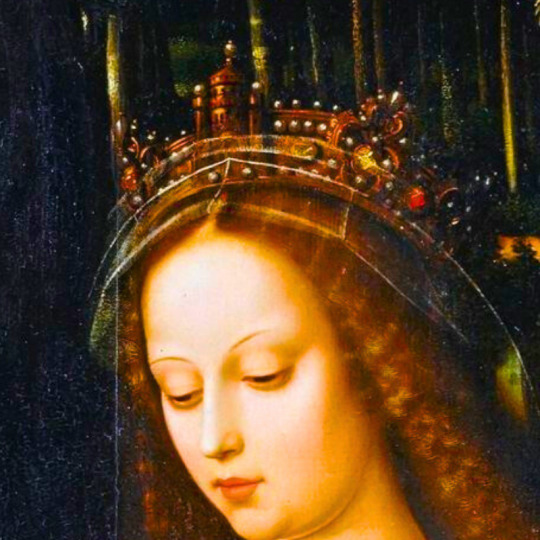
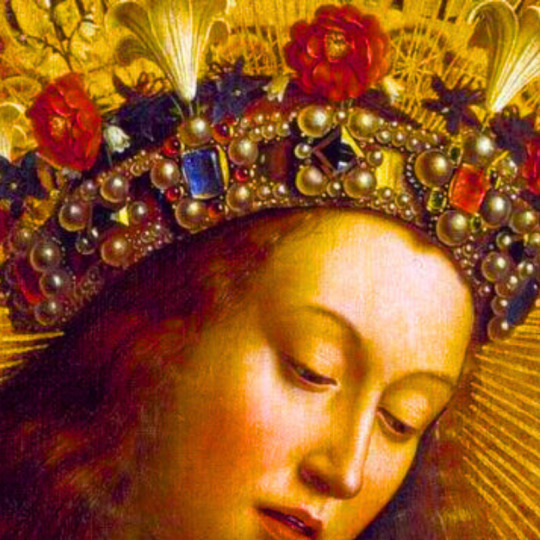
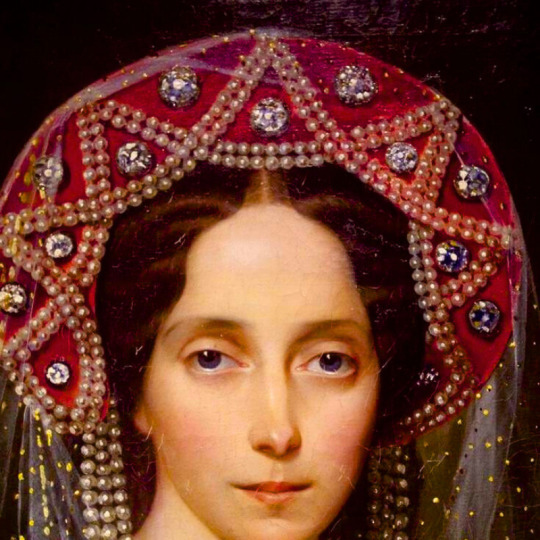
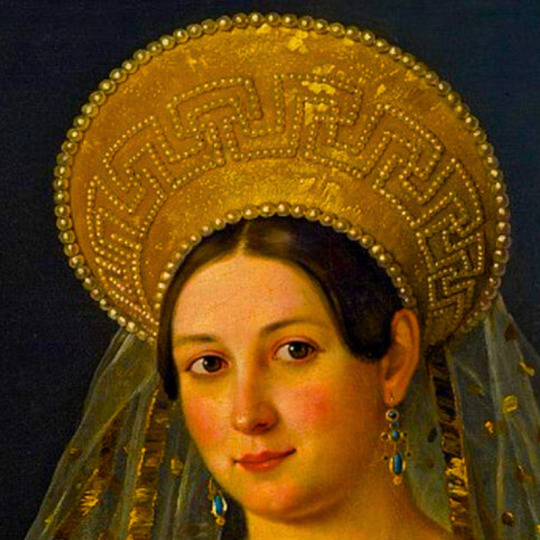

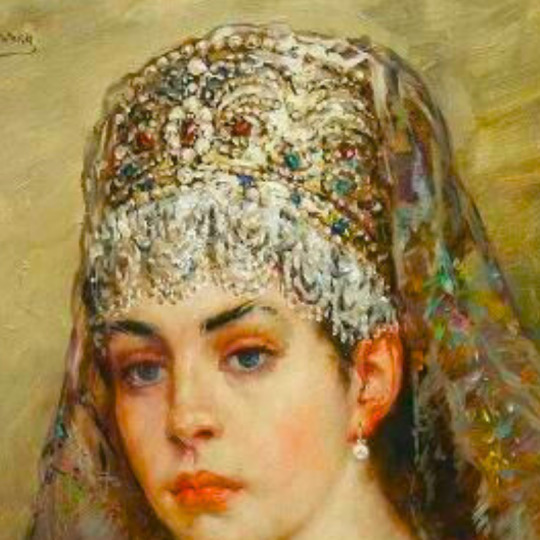
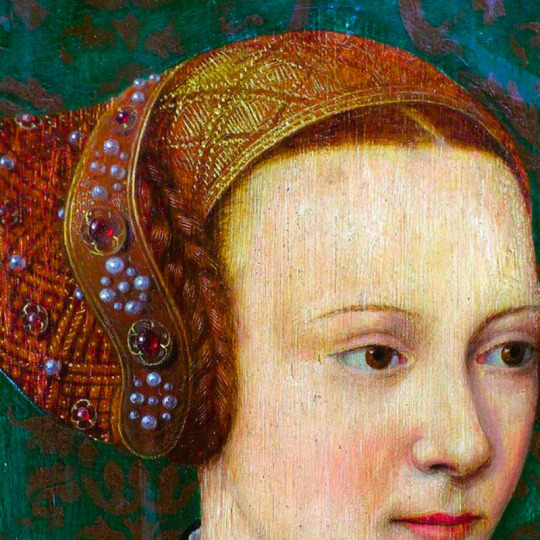
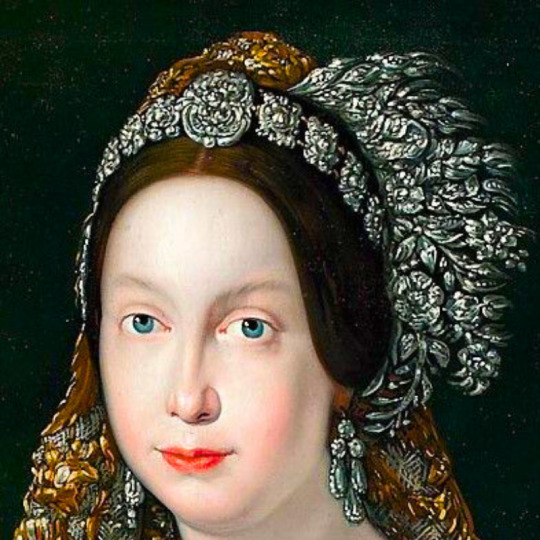

art + hair pieces
#orientatalin by edouard frederic wilhelm richter#cant find this one#this one either its tougher than you think to reverse search them#portrait of josephine de beauharnais by francois gerard#the marquise de seignelay and two of her sons by pierre mignard#infantin isabella clara eugenia at age 13 by alonso sanchez coello#grand duchess alexandra pavlovna romanova of russia but i cant find the artist#marie frederike amalie queen of greece by joseph karl stieler#empress josephine by jean louis viger#queen anna of hungary and bohemia by hans maler#elisabeth of austria by jooris van der straaten#anne wortley by paul van somer#manuela gonzalez velazquez tocando el piano by zacarias gonzalez velazquez#adelingen by heinrich friederich fuger#the unequal marriage by vasili pukirev#idealised portrait of a young women as flora by bartolomeo veneto#a portrait of a noble lady by jan adam kruseman#changing the letter by joseph edward southall#lorelei by james c christensen#the crucifixion by jacob cornelisz van oostsanen#saint dorothy i think this is the title its kinda confusing by i cant find the artist#saint barbara by ambrosius benson#virgin mary by hubert van eyck and jan van eyck#princess maria alexandrovna by ivan makarov#ladies in the blazon room of the winter palace by adolphe ladurner#queen marie therese and her son by charles beaubrun#boyar's wife by konstantin yegorovich#dont know the title but its by barthel bruyn the elder#queen isabella ii of spain by unknown artist#portrait of maria therese charlotte of france by antoine-jean gros
843 notes
·
View notes
Text
01 Paintings, PORTRAIT OF A LADY, from the 18th & 19th C., with Footnotes. #3 F
01 Paintings, PORTRAIT OF A LADY, from the 18th & 19th C., with Footnotes. #3 F
Bartolomeo Veneto, (1470–1531)
Jewish woman with tools, c. 1512 or 1520
Private collection
Jewish woman with tools. One source seems to suggest (plausibly) that the hammer indicates that she is being painted as the biblical Yael.
Sisera was commander of the Canaanite army of King Jabin of Hazor, who is mentioned in Judges 4-5 of the Hebrew Bible. Sisera was defeated by the forces of the…
View On WordPress
#Art#Artists#Bartolomeo Veneto#biblical#Biography#History#Jewish woman#Painting#PORTRAIT OF A LADY#Yael#Zaidan
0 notes
Video
Giovanni Bellini: A collection of 162 Paintings (HD) [High Renaissance]
Giovanni Bellini: A collection of 162 Paintings (HD) [High Renaissance]
Giovanni Bellini
- Born: c.1430; Venice, Italy
- Died: 1516; Venice, Italy
- Active Years: 1450 - 1516
- Nationality: Italian
- Art Movement: High Renaissance
- Painting School: Venetian School
- Field: painting
- Influenced on: Venetian School, Antonello da Messina, Bartolomeo Veneto, Mikhail Vrubel
- Pupils: Giorgione, Titian
- Friends and Co-workers: Albrecht Durer
- Family and Relatives: Jacopo Bellini, Andrea Mantegna
Wikipedia: en.wikipedia.org/wiki/Giovanni_Bellini
-------------------
Giovanni Bellini (c. 1430 – 26 November 1516)[1] was an Italian Renaissance painter, probably the best known of the Bellini family of Venetian painters. His father was Jacopo Bellini, his brother was Gentile Bellini (who was more highly regarded than Giovanni during his lifetime, although the reverse is true today), and his brother-in-law was Andrea Mantegna. He was considered to have revolutionized Venetian painting, moving it towards a more sensuous and colouristic style. Through the use of clear, slow-drying oil paints, Giovanni created deep, rich tints and detailed shadings. His sumptuous coloring and fluent, atmospheric landscapes had a great effect on the Venetian painting school, especially on his pupils Giorgione and Titian.
In 1513 Giovanni's position as sole master (since the death of his brother and of Alvise Vivarini) in charge of the paintings in the Hall of the Great Council was threatened by one of his former pupils. Young Titian desired a share of the same undertaking, to be paid for on the same terms. Titian's application was granted, then after a year rescinded, and then after another year or two granted again; and the aged master must no doubt have undergone some annoyance from his sometime pupil's proceedings. In 1514 Giovanni undertook to paint The Feast of the Gods for the duke Alfonso I of Ferrara, but died in 1516
Both in the artistic and in the worldly sense, the career of Bellini was, on the whole, very prosperous. His long career began with Quattrocento styles but matured into the progressive post-Giorgione Renaissance styles. He lived to see his own school far outshine that of his rivals, the Vivarini of Murano; he embodied, with growing and maturing power, all the devotional gravity and much also of the worldly splendour of the Venice of his time; and he saw his influence propagated by a host of pupils, two of whom at least, Giorgione and Titian, equalled or even surpassed their master. Giorgione he outlived by five years; Titian, as we have seen, challenged him, claiming an equal place beside his teacher. Other pupils of the Bellini studio included Girolamo Galizzi da Santacroce, Vittore Belliniano, Rocco Marconi, Andrea Previtali[4] and possibly Bernardino Licinio.
In the historical perspective, Bellini was essential to the development of the Italian Renaissance for his incorporation of aesthetics from Northern Europe. Significantly influenced by Antonello da Messina, who had spent time in Flanders, Bellini made prevalent both the use of oil painting, different from the tempera painting being used at the time by most Italian Renaissance painters, and the use of disguised symbolism integral to the Northern Renaissance. As demonstrated in such works as St. Francis in Ecstasy (c. 1480) and the San Giobbe Altarpiece (c. 1478), Bellini makes use of religious symbolism through natural elements, such as grapevines and rocks. Yet his most important contribution to art lies in his experimentation with the use of color and atmosphere in oil painting.
------------------
Check out my Playlists here
-------------------------------
----------------------------------------------------
BAROQUE [Post Renaissance Art] : https://www.youtube.com/playlist?list=PLOZVqusZxS_TFGVWRL6nG5V3C9j3h5xnp
HIGH RENAISSANCE [Renaissance Art]: https://www.youtube.com/playlist?list=PLOZVqusZxS_TAW8yBAWDSpPeV-B4EUnUe
EARLY RENAISSANCE [RENAISSANCE ARTS] : https://www.youtube.com/playlist?list=PLOZVqusZxS_Rl5u1xeWi3_hNWVbd99rp8
PROTO RENAISSANCE [Renaissance Art] : https://www.youtube.com/playlist?list=PLOZVqusZxS_R6P61q7DOnuZgGGsqw-tN3
Medieval Art : https://www.youtube.com/playlist?list=PLOZVqusZxS_T7YNe7cv7fLpg6Hej3NiSh
SKETCHES AND DRAWINGS COLLECTION : https://www.youtube.com/playlist?list=PLOZVqusZxS_TXdJM33uf-2MEhuiAEd-Op
THE HIGHLIGHT: https://www.youtube.com/playlist?list=PLOZVqusZxS_RMuvIyAIEplral4SxUwJt8
Updating ...
_____
SUBSCRIBE: https://www.youtube.com/channel/UCIuWeUnkfqn_yKlo_RAaoDA
Google+: https://plus.google.com/116866857388773060412
Twitter: https://twitter.com/_NineTv
Facebook: https://www.facebook.com/9Tv-230691850953077/
Contact: [email protected]
Thank you for your support!
:| 9Tv |:
No Arts No Life
© Copyright by 9Tv
0 notes
Text
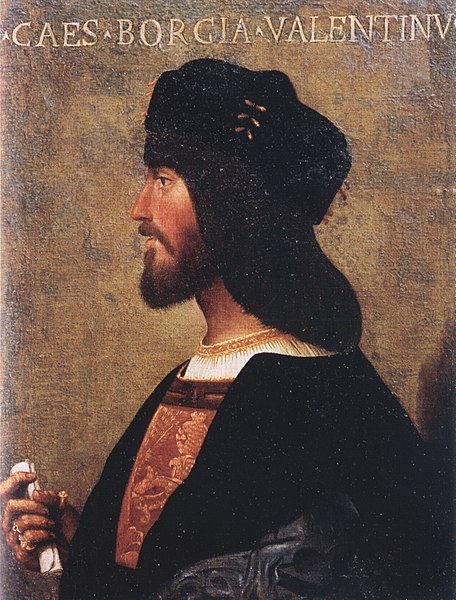
A famous portrait of Cesare Borgia by an unknown artist (likely Bartolomeo Veneto). Cesare was the head host at the Banquet of Chestnuts. Perhaps the event was reported as being notorious and sinful, by one person, to slander the rising power of the Borgias?
35 notes
·
View notes
Photo
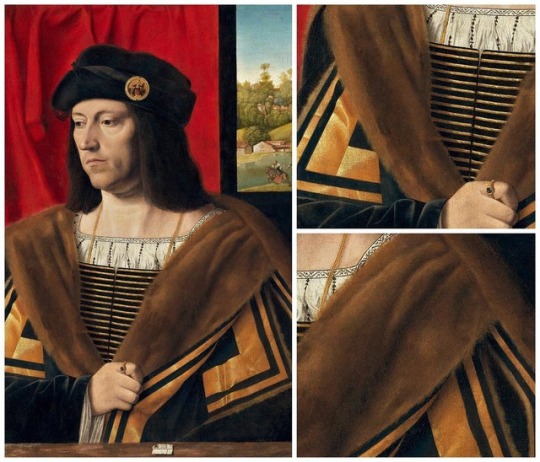
For #TextureTuesday, we're taking a closer look at one of the works in our "Glory of Venice" exhibition: Bartolomeo Veneto's "Portrait of a Gentleman" (circa 1520). Artist Bartolomeo Veneto, who was active in Venice, Ferrara, and Milan in the early sixteenth century, became a successful portraitist who often depicted men and women wearing sumptuous attire. In this portrait from @ngadc, the unidentified man wears a fashionable white embroidered shirt, close-fitting black-and-gold striped jacket, and fur-lined black satin coat decorated with gold bands. #NCMAvenice #BartolomeoVeneto http://ift.tt/2nB2xRb
0 notes